In the intricate dance of predator and prey relationships, evolution has crafted some truly remarkable survival strategies. Among these, one particularly fascinating adaptation belongs to certain snake species that have developed an unexpected and counterintuitive method of avoiding predation: following directly in their predators’ tracks. Rather than fleeing in the opposite direction as one might expect, these clever reptiles have learned that sometimes the safest place to be is right where danger has already passed. This behavior, which seems to defy common sense at first glance, actually represents a sophisticated understanding of predator psychology and movement patterns. Through this unique strategy, these snakes have found a way to navigate their dangerous world by using the very creatures that hunt them as unwitting guides to safety.
The Evolutionary Puzzle of Snake Survival
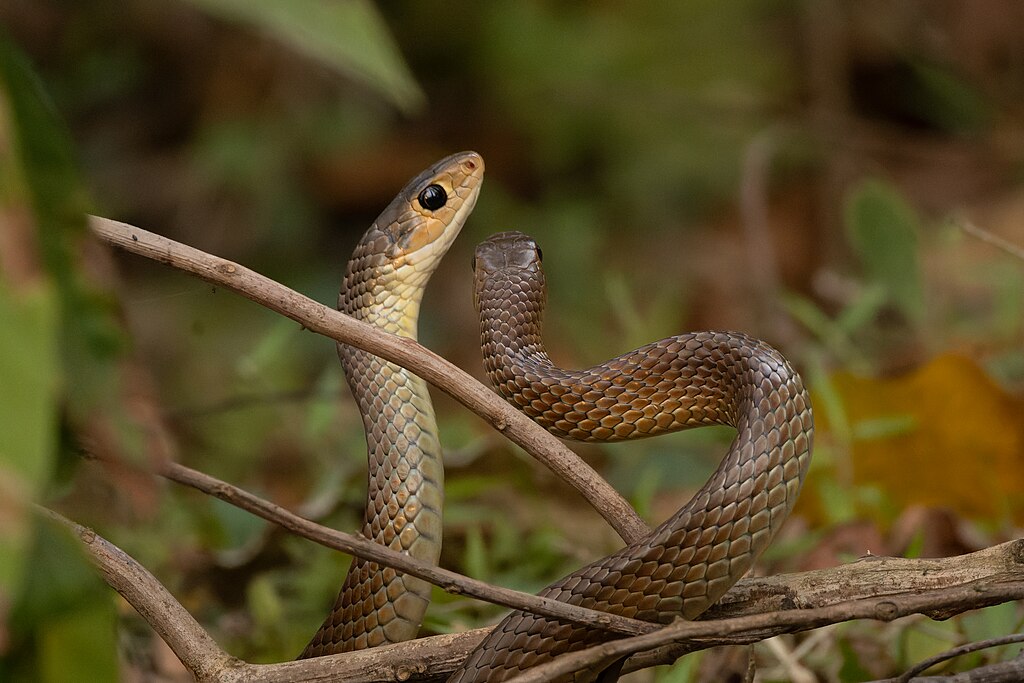
Snakes have evolved over millions of years, developing countless adaptations to enhance their survival in diverse environments across the globe. Unlike mammals or birds, snakes lack limbs and external ears, forcing them to rely on alternative methods to detect and avoid threats. The pressure of natural selection has fine-tuned their senses and behaviors, creating specialized survival strategies that often seem counterintuitive to human observers. Among these evolutionary innovations, the practice of following predator tracks represents a sophisticated cognitive adaptation that challenges our understanding of reptilian intelligence and spatial awareness. This strategy didn’t develop overnight but emerged gradually through countless generations of snakes that survived slightly better than their peers by making increasingly refined predator-avoidance decisions.
The Science of Track-Following Behavior

Track-following behavior in snakes operates on a surprisingly logical principle: predators rarely return immediately to areas they’ve just searched. When a snake detects the chemical trail of a predator—whether it’s a mongoose, hawk, or larger snake—it can make a calculated decision to move along that same path rather than crossing it or moving in the opposite direction. Research has shown that this behavior significantly reduces a snake’s likelihood of encountering the predator that left the track. The snake essentially exploits the predator’s own hunting strategy, recognizing that most predators move in somewhat linear patterns when searching for food, making repeated searches of the same area inefficient. Through chemosensory detection via their vdorsal Jacobson’s organ, snakes can determine not only the identity of the predator but often the direction and recency of its passage.
Species Known for Track-Following Behaviors

While not all snake species exhibit track-following behavior, it appears most prominently in several well-studied groups. The North American rat snake (Pantherophis obsoletus) has been observed following the tracks of its predators, including foxes and coyotes, in laboratory settings. Similarly, certain species of garter snakes (Thamnophis spp.) demonstrate this behavior when detecting the chemical signatures of birds of prey that have recently moved through their territory. Perhaps most notably, some vipers in the Crotalinae subfamily (pit vipers) utilize this strategy to avoid larger predatory snakes and mammals. The behavior appears more common in terrestrial snake species than arboreal ones, likely because ground-dwelling snakes face more consistent tracking pressure from mammalian predators with predictable movement patterns.
Chemical Detection: The Snake’s Sixth Sense

Central to the track-following ability is the snake’s extraordinary chemosensory system, which far surpasses human capabilities in detecting subtle chemical traces. Unlike humans who primarily rely on vision, snakes experience their world through a complex chemical landscape, constantly sampling their environment with their specialized forked tongues. When a snake flicks its tongue, it collects airborne particles and transfers them to the Jacobson’s organ in the roof of its mouth, where chemical analysis occurs. This system allows snakes to detect predator trails that might be hours or even days old, depending on environmental conditions. The sensitivity is so precise that studies have demonstrated some snakes can distinguish between chemical trails left by predators that have recently eaten a snake versus those that haven’t, allowing them to make even more nuanced decisions about which tracks to follow.
The Psychological Advantage of Following Danger

The track-following behavior exploits a fundamental aspect of predator psychology: the tendency not to double back immediately on a recently searched path. Most predators operate on an efficiency principle, covering new ground to maximize their chances of finding prey rather than repeatedly searching the same area. By following in a predator’s tracks, the snake enters space that the predator has already classified as “searched” and therefore unlikely to yield immediate rewards. This creates a temporary safety zone in what might otherwise be dangerous territory. Additionally, the predator’s own scent trail may help mask the snake’s presence from other potential threats in the area, creating a secondary protective benefit. The behavior represents a sophisticated understanding of predator-prey dynamics that wouldn’t be expected in animals traditionally considered to have limited cognitive abilities.
The Energy Economics of Predator Avoidance
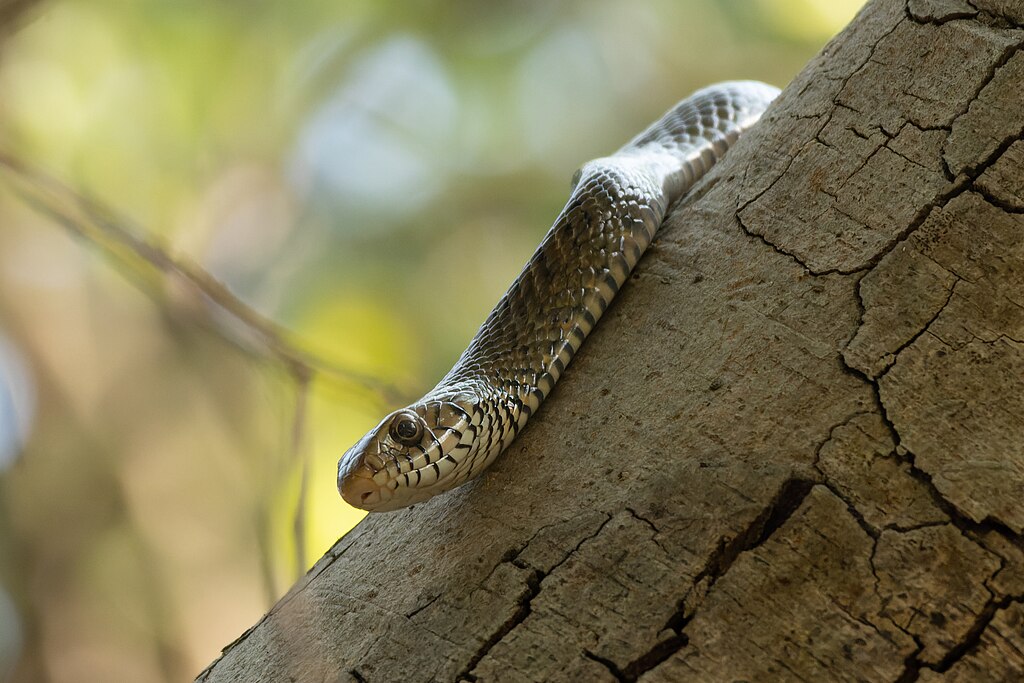
From an energy conservation perspective, track-following represents an efficient survival strategy compared to other avoidance methods. Fleeing at high speed consumes significant energy reserves that snakes—as ectothermic animals with relatively slow metabolisms—cannot easily replenish. By contrast, following a predator’s track allows the snake to move at a normal pace while still achieving effective predator avoidance. This energy-saving approach becomes particularly valuable during breeding seasons or periods of food scarcity when conservation of resources is critical. Research comparing the metabolic costs of different predator avoidance strategies has shown that track-following can require as little as one-third the energy expenditure of rapid escape behaviors, while potentially providing comparable survival benefits in many circumstances.
Laboratory Evidence for Track-Following
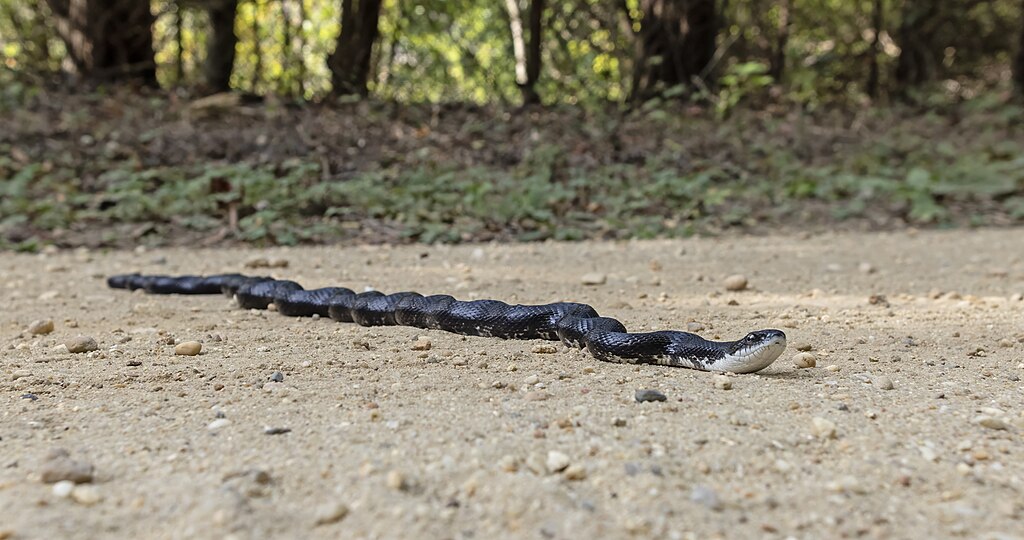
Scientific verification of track-following behavior has come from carefully designed laboratory experiments that control for variables impossible to manage in field studies. In one notable experiment, researchers created Y-shaped test chambers where one arm contained the chemical signature of a predator and the other remained neutral. When placed at the base of the Y, snakes consistently chose to move along the predator-scented path rather than the neutral one, contrary to what might be intuitively expected. Follow-up studies using video analysis tracked the precise movements of snakes in relation to predator chemical trails, confirming that the behavior wasn’t random but represented deliberate navigation decisions. When researchers manipulated the age and concentration of predator chemical signals, they found that snakes showed preferences for following fresher trails, suggesting a sophisticated ability to assess the recency of predator passage.
Field Observations in Natural Habitats
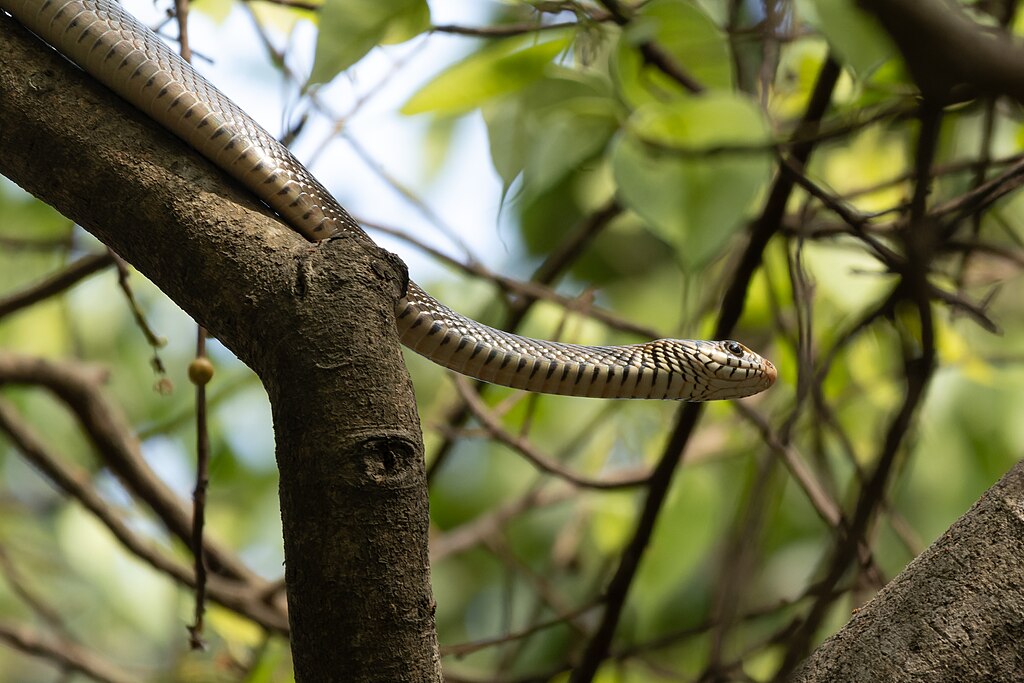
While laboratory studies provide controlled evidence, field research has captured track-following behavior in natural settings, confirming its real-world application. Wildlife biologists using radio telemetry to track snakes in various habitats have documented instances where tagged snakes altered their movement patterns to align with the trails of known predators. In one multi-year study in a southwestern desert ecosystem, researchers observed rattlesnakes adjusting their movements to follow coyote tracks during seasonal migrations between hunting and denning sites. Thermal imaging cameras deployed in field settings have recorded nocturnal instances of smaller snake species navigating along the fresh trails left by larger predatory snakes, providing visual confirmation of behavior previously detected primarily through chemical analysis and movement pattern studies.
Variations in Track-Following Across Environments
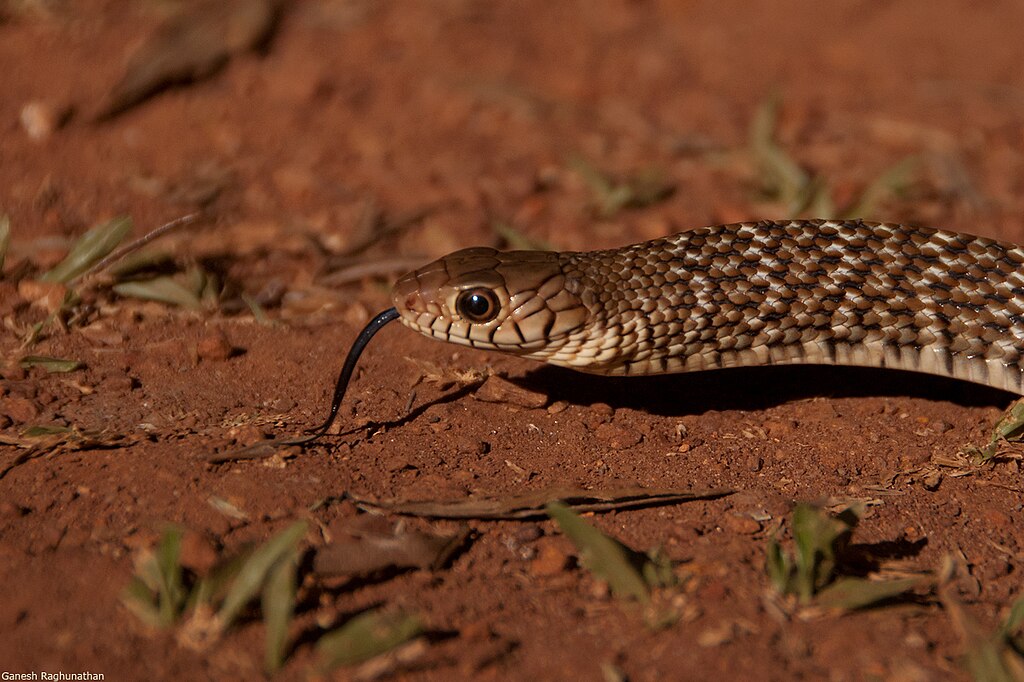
The effectiveness and prevalence of track-following behavior varies significantly across different environments and ecosystems. In dense forest environments where visual detection is difficult, chemical track-following becomes particularly advantageous and is observed more frequently among forest-dwelling species. By contrast, in open desert environments where visual detection plays a larger role in predator-prey interactions, track-following may be supplemented with other strategies like camouflage or burrowing. Climate also influences the persistence of chemical trails, with humid environments preserving scent trails longer than arid ones, potentially affecting how effectively snakes can implement this strategy. Seasonal variations further complicate the picture, with many snake species adjusting their reliance on track-following behavior based on season-specific predator activity patterns and their own metabolic states throughout the year.
Track-Following Versus Other Avoidance Strategies

Track-following represents just one of many predator avoidance strategies in a snake’s defensive repertoire, and they often employ multiple approaches depending on circumstances. When a predator is detected at close range, immediate flight or defensive displays typically take precedence over track-following, which is more suitable for navigating landscapes with potential but not immediate threats. Some snake species combine track-following with cryptic coloration, freezing behaviors, or mimicry of dangerous species to create layered defense systems. The decision about which strategy to employ appears to involve complex assessment of factors including distance to predator, available escape routes, environmental cover, and the snake’s own physiological state. Research suggests that younger snakes rely more heavily on immediate escape tactics while adults demonstrate more nuanced decision-making that incorporates track-following into a broader strategy.
Implications for Understanding Reptilian Intelligence
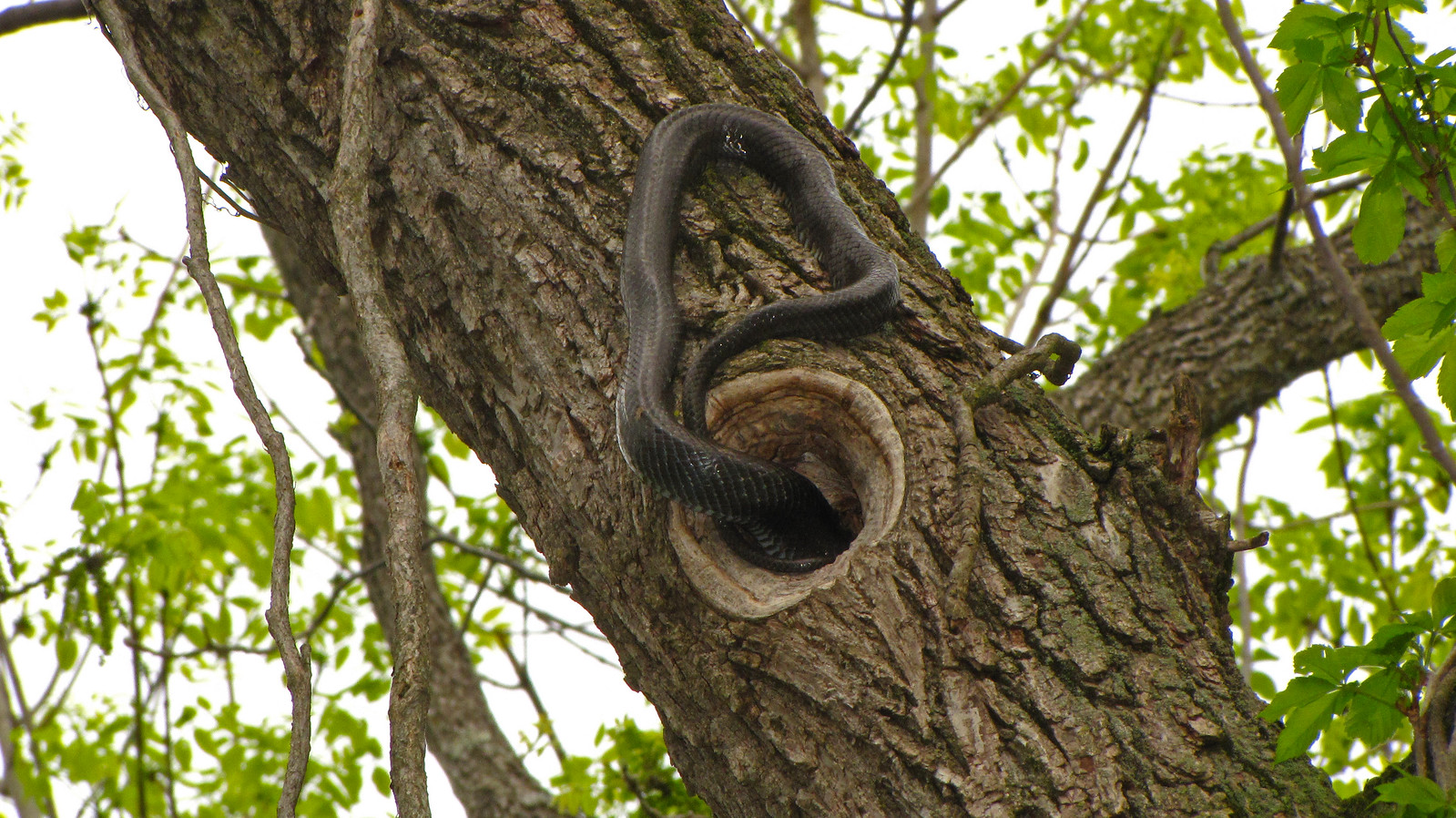
The sophisticated nature of track-following behavior challenges traditional views of reptilian cognitive capabilities, suggesting more complex decision-making processes than previously credited. The ability to detect, interpret, and strategically respond to predator movements indicates a level of spatial reasoning and threat assessment that exceeds simple stimulus-response patterns. Neuroscience research examining snake brains during these behaviors has identified specialized neural circuits dedicated to processing predator chemical signals and integrating them with spatial navigation systems. These findings contribute to a growing body of evidence suggesting that reptilian intelligence has been historically underestimated, perhaps due to mammalian-centric biases in how we conceptualize and measure animal cognition. The track-following behavior represents just one example of the complex behavioral adaptations that emerge from reptilian brains that, while structurally different from mammalian brains, are nonetheless capable of sophisticated problem-solving in domains relevant to survival.
Conservation Implications in Changing Habitats
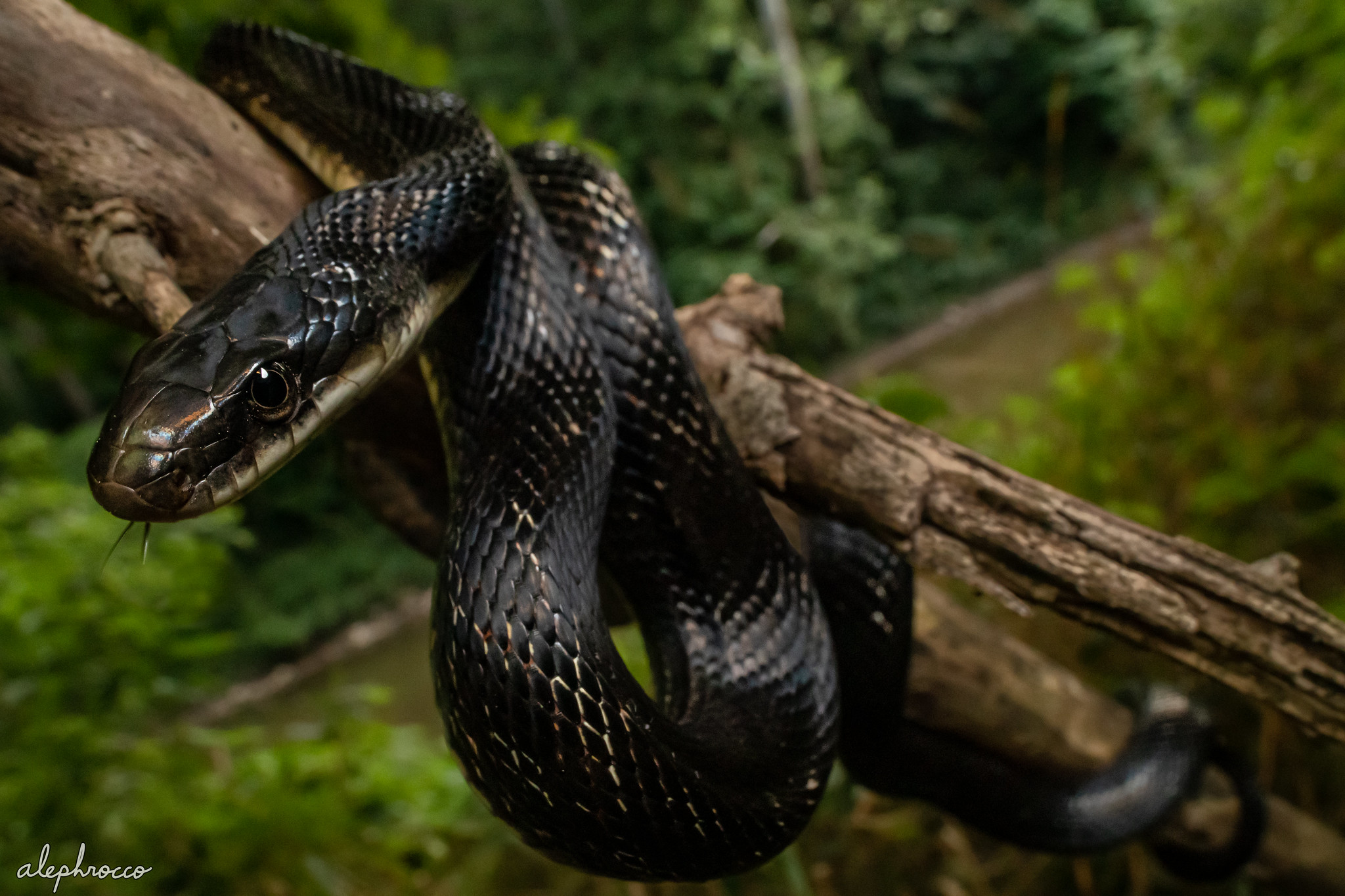
As human activities increasingly fragment and alter natural habitats, the effectiveness of track-following as a survival strategy faces new challenges. In environments with high human traffic or introduced predator species, traditional track-following behaviors may become maladaptive if they no longer reliably predict predator movement patterns. Conservation biologists have noted that snake species heavily reliant on track-following may be particularly vulnerable to rapid environmental changes that disrupt established predator-prey dynamics. Human-introduced chemicals and pollutants can further complicate the chemical landscape that snakes depend on for accurate tracking, potentially creating “false positives” or masking important signals. Understanding these specialized behaviors helps inform conservation strategies that preserve not just the physical habitat but also the complex sensory and behavioral landscapes that species depend on for survival.
In conclusion, the seemingly counterintuitive strategy of following predator tracks represents one of nature’s more fascinating evolutionary solutions to the universal challenge of survival. By exploiting the psychology and movement patterns of their own predators, certain snake species have developed a sophisticated method of navigating through dangerous territory. This behavior not only illuminates the remarkable adaptability of snakes but also challenges our understanding of reptilian intelligence and decision-making capabilities. As research continues to unveil the complexities of predator-prey dynamics, the humble snake tracking its predator serves as a reminder that in nature, sometimes the best defense involves moving toward danger rather than away from it—a paradoxical wisdom that has helped these remarkable reptiles survive and thrive for millions of years.





